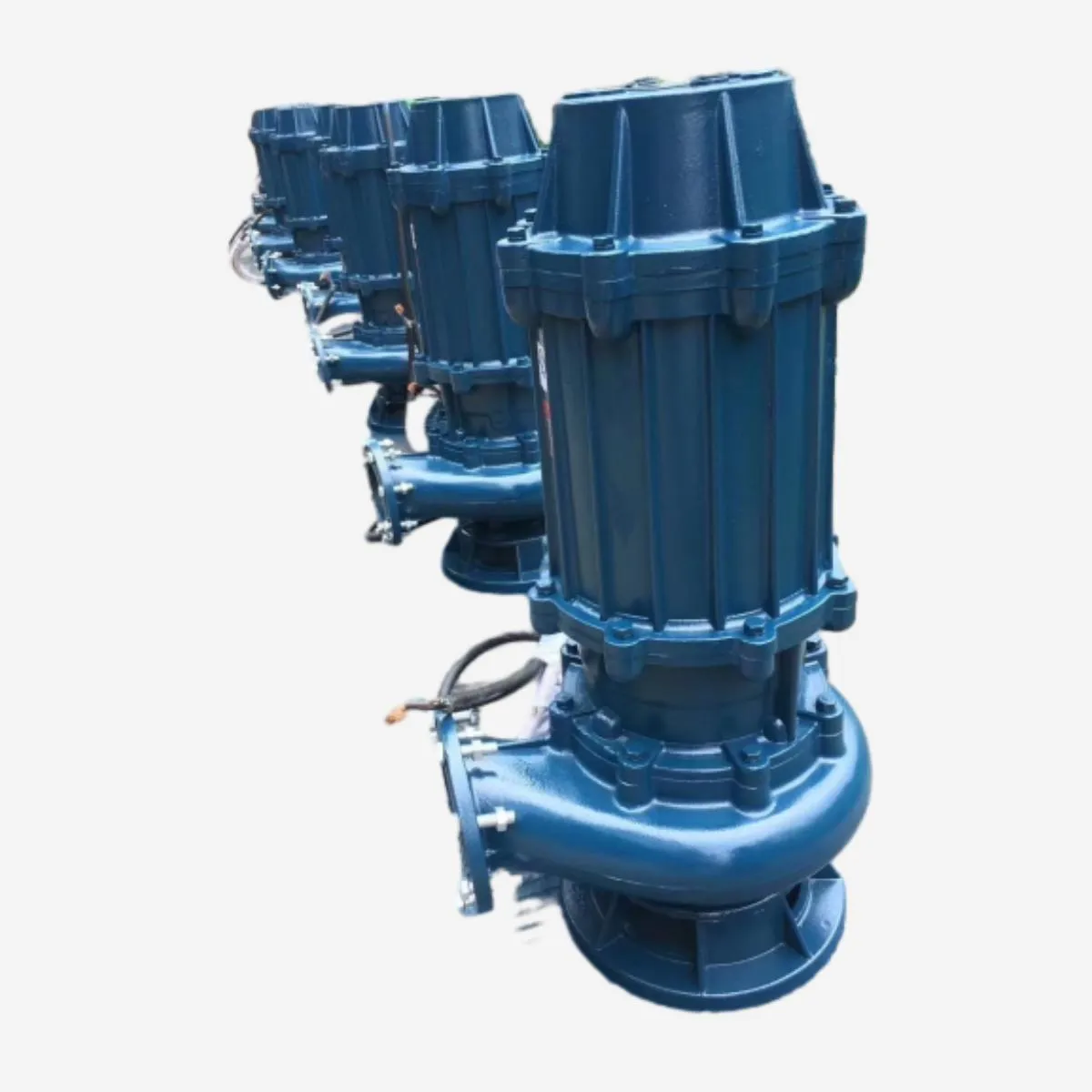English
- Afrikaans
- Albanian
- Amharic
- Arabic
- Armenian
- Azerbaijani
- Basque
- Belarusian
- Bengali
- Bosnian
- Bulgarian
- Catalan
- Cebuano
- Corsican
- Croatian
- Czech
- Danish
- Dutch
- English
- Esperanto
- Estonian
- Finnish
- French
- Frisian
- Galician
- Georgian
- German
- Greek
- Gujarati
- Haitian Creole
- hausa
- hawaiian
- Hebrew
- Hindi
- Miao
- Hungarian
- Icelandic
- igbo
- Indonesian
- irish
- Italian
- Japanese
- Javanese
- Kannada
- kazakh
- Khmer
- Rwandese
- Korean
- Kurdish
- Kyrgyz
- Lao
- Latin
- Latvian
- Lithuanian
- Luxembourgish
- Macedonian
- Malgashi
- Malay
- Malayalam
- Maltese
- Maori
- Marathi
- Mongolian
- Myanmar
- Nepali
- Norwegian
- Norwegian
- Occitan
- Pashto
- Persian
- Polish
- Portuguese
- Punjabi
- Romanian
- Russian
- Samoan
- Scottish Gaelic
- Serbian
- Sesotho
- Shona
- Sindhi
- Sinhala
- Slovak
- Slovenian
- Somali
- Spanish
- Sundanese
- Swahili
- Swedish
- Tagalog
- Tajik
- Tamil
- Tatar
- Telugu
- Thai
- Turkish
- Turkmen
- Ukrainian
- Urdu
- Uighur
- Uzbek
- Vietnamese
- Welsh
- Bantu
- Yiddish
- Yoruba
- Zulu
Telephone: +86 13120555503
Email: frank@cypump.com
Nov . 17, 2024 04:03 Back to list
Understanding the Differences Between Sump Pumps and Ejector Pumps for Effective Drainage Solutions
Understanding Sump Pumps and Ejector Pumps Essential Tools for Home Drainage
When it comes to managing water in residential settings, sump pumps and ejector pumps play crucial roles in maintaining a dry and healthy environment. Though they serve different purposes, both types of pumps are essential for preventing water damage and ensuring proper drainage in homes.
What is a Sump Pump?
A sump pump is a device installed in the lowest part of a basement or crawl space. It is designed to remove accumulated water, preventing flooding and water damage. Typically housed in a sump pit, this pump automatically activates when the water level rises, efficiently pumping the excess water away from the home’s foundation.
There are two main types of sump pumps submersible and pedestal. Submersible pumps are designed to be placed inside the sump pit, whereas pedestal pumps are positioned above the pit, with a long shaft reaching down into the water. While submersible pumps are generally quieter and more efficient, pedestal pumps are easier to maintain and repair.
The Importance of Sump Pumps
Sump pumps are particularly crucial in areas prone to heavy rainfall or flooding. They help secure the integrity of the home's structure by keeping the basement dry, which is vital for preventing mold growth and safeguarding belongings. Moreover, a well-maintained sump pump increases the value of a property, as prospective buyers often prioritize homes that are less likely to suffer from water damage.
sump pump ejector pump

What is an Ejector Pump?
Ejector pumps, on the other hand, have a different role. While sump pumps primarily deal with groundwater, ejector pumps are designed to remove wastewater from plumbing fixtures that are located below the level of the main sewer line. Commonly found in basements or lower levels of homes, ejector pumps facilitate the movement of greywater and sewage to the municipal sewer system.
Ejector pumps operate using a motor-driven impeller that creates suction, drawing in liquid waste and discharging it through a pipe to a higher elevation. These pumps are essential components for homes with bathrooms, laundry rooms, or kitchen sinks located below the main sewer line.
Choosing the Right Pump
Selecting the right pump for your home depends on various factors, including the specific water issues you face and the plumbing layout of your property. It’s essential to evaluate your needs carefully, considering factors such as pump capacity, automatic features, and energy efficiency.
In summary, sump pumps and ejector pumps are vital tools for controlling water and wastewater in residential settings. By understanding their functions and significance, homeowners can make informed decisions to protect their properties from water-related issues, ensuring safety and comfort for all occupants. Whether you’re dealing with groundwater intrusion or managing sewage disposal, choosing the appropriate pump will safeguard your home against potential disasters.
-
ISG Series Vertical Pipeline Pump - Chi Yuan Pumps Co., LTD.
NewsJul.30,2025
-
ISG Series Vertical Pipeline Pump - Chi Yuan Pumps Co., LTD.|energy-efficient fluid handling&industrial durability
NewsJul.30,2025
-
ISG Series Vertical Pipeline Pump - Chi Yuan Pumps | Advanced Engineering&Industrial Efficiency
NewsJul.30,2025
-
ISG Series Pipeline Pump - Chi Yuan Pumps | High Efficiency, Energy Saving
NewsJul.30,2025
-
ISG Series Vertical Pipeline Pump-Chi Yuan Pumps|High Efficiency&Reliable Performance
NewsJul.29,2025
-
ISG Series Vertical Pipeline Pump|High Efficiency&Low Noise
NewsJul.29,2025










